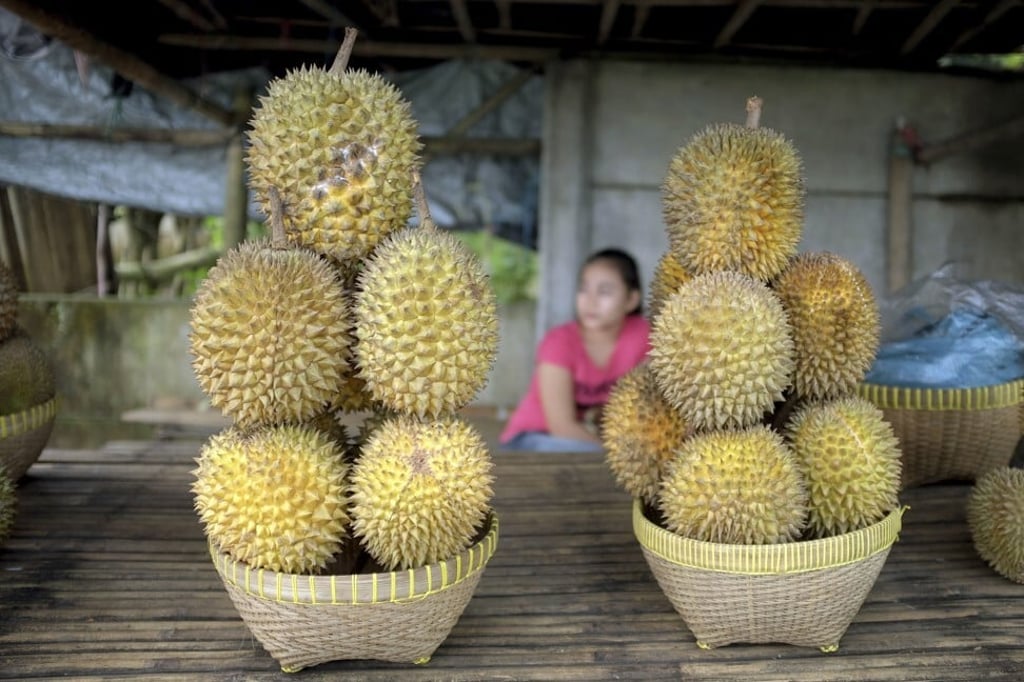Durians without spikes excite scientists, but discovery frustrates them as they struggle to reproduce bald version of the smelly ‘king of fruit’
- The first bald durian was recorded in 2007 on the Indonesian island of Lombok, growing with a host of regular spiked durians on a villager’s tree
- Attempts to produce more by grafting cuttings from that tree have largely failed, with only two per cent of blossoms on one tree turning into bald durians

There are two things the durian fruit is famous for: a smell that has been described as anything from old socks to dead cats, and its spiky skin that makes handling it such a hazard. What if the legendary “king of fruit” had none of those infamous spikes?
Such an anomaly does exist – in the form of the rare and peculiar durian gundul, or bald durian, which was discovered more than a decade ago in Indonesia.
“The chances of this happening are very small … only one in a million,” says Hambali, who works at the Mekarsari Fruit Garden, a biodiversity conservation centre in Bogor, south of the Indonesian capital, Jakarta.

The first bald durian was recorded in 2007 on the island of Lombok, east of Bali. A single smooth fruit sprouted on a tree in a villager’s yard on the slopes of Mount Rinjani, along with a host of regular spiked durians.